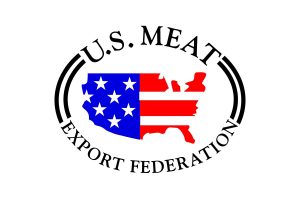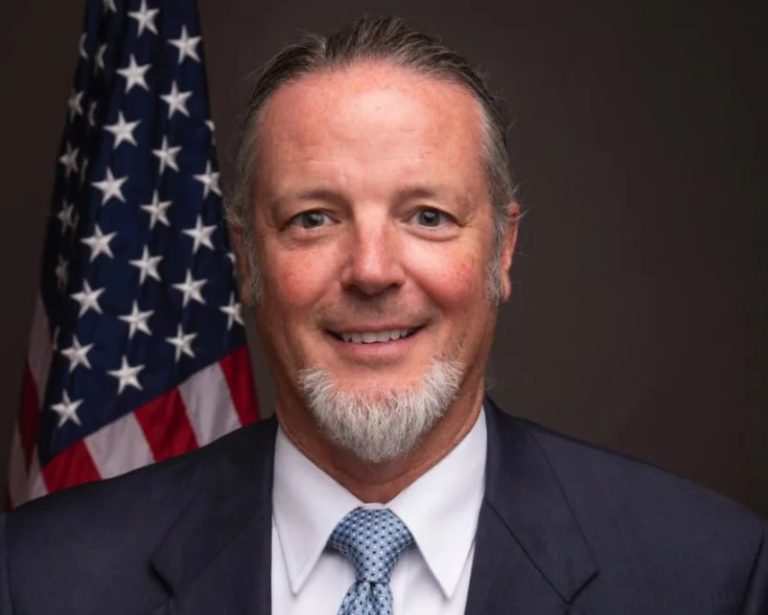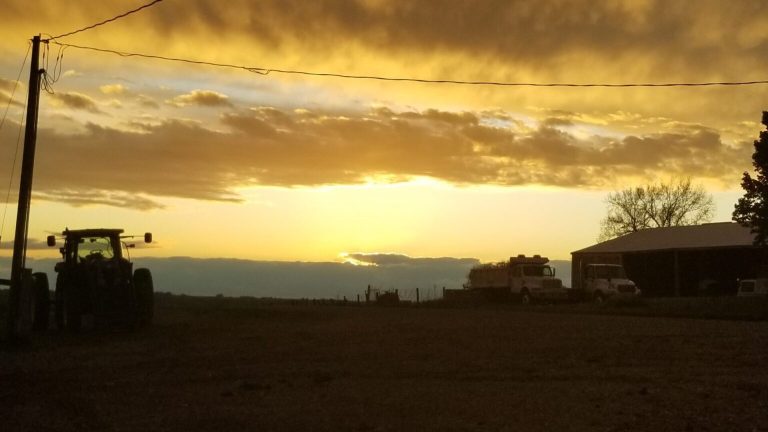IARN — The USDA has taken action to provide $1 billion per month in additional food assistance to an estimated 25 million people in very low-income households that are participating in the Supplemental Nutrition Assistance Program (SNAP).
U.S. Secretary of Agriculture Tom Vilsack says that starting this month, households that had not received at least $95 per month in increased benefits through emergency allotments during the pandemic – because they were already at or close to receiving the current maximum benefit – will now be eligible to receive additional benefits. Benefit levels will remain unchanged for households that have been receiving increased payments of at least $95 per month. Vilsack says states may need a few weeks to update their systems and get the additional benefits to participants.
“There is a significant food insecurity challenge that we face,” Vilsack said. “Children in school and out of school are also facing significant challenges relative to nutrition and to food security. That’s why it was important for the president and vice president to step forward aggressively in their first 100 days of the administration to try to respond to the challenges that this pandemic has created in terms of food security. I would also say nutrition security. I think we have a dual challenge here.”
The Families First Coronavirus Response Act authorized emergency allotments to SNAP households to help address temporary food needs during the pandemic. Since the start of the pandemic, USDA has issued about $29 billion in additional benefits, to bring all SNAP households up to the maximum benefit for their household size.
However, Vilsack says households already at the maximum SNAP benefit received no additional support. Among households that received little to no benefit increase, about 40% have children, 20% include someone who is elderly and 15% include someone who is disabled.
“I think it’s fair to say that the SNAP benefit is in many cases not adequate enough to provide the help and assistance that is needed,” Vilsack said. “We’re looking at the Thrifty Food Plan to see whether or not it needs to be recalibrated in this modern age and modern day. I suspect that we’re going to find that the foundation of that program doesn’t meet the activities of normal American families today, and that may result in some adjustment in terms of the benefit. We’ll see about that, but we’re certainly going to take a close look at that.”
To learn more, visit www.usda.gov.
Story courtesy of the Iowa Agribusiness Radio Network
Image source: Wikimedia Commons











